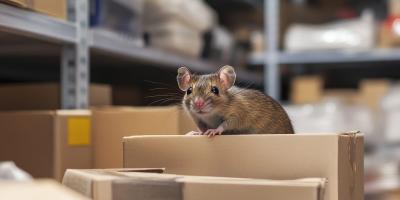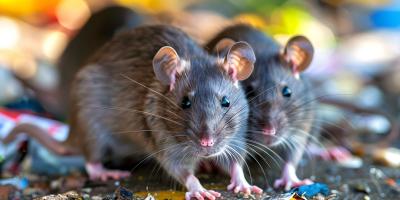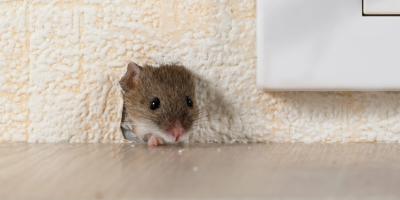Integrated Pest Management In Long-Term Care Facilities

Pests in long-term care facilities should be fought with the help of a professional pest control company. Keeping pests at bay in these facilities can be difficult if some of the older residents have poor mobility or frail health, and you might need to administer fewer chemical solutions because of the residents’ compromised health.
Failing to uphold safety standards in regard to pests has resulted in legal action against certain long-term care facilities on multiple occasions, awarding huge damages to residents and their families. Long-term care facilities are like a small village, with many different environments in which pests can enter, hide, and thrive. These locations include resident living areas, kitchen and dining rooms, and cleaning and laundry areas.
Resident Living Spaces
In residents’ living spaces and private rooms, the fight against pests encompasses managing stored or discarded food as well as maintaining general cleanliness. Staff charged with regular cleaning and maintenance duties of resident rooms must be vigilant against food left out in the open for long periods. Medical staff must also constantly check health care supplies for pests, as some types of ants have been known to make nests in bandages and drink IV fluids. Regular and thorough cleaning of the residents’ living space is the best guard against pests, especially because the patients’ weakened immune systems should not be exposed to high levels of chemical pest repellants.
Kitchens And Dining Room
The kitchen and dining areas of a long-term care facility can be hot spots for all types of pests. Pests need food and shelter, and they will eat at the same place as the residents. In these areas, long-term care facilities should follow restaurant grade antipest guidelines. These guidelines often include employee vigilance, and constant cleaning of the work space, because food cannot be exposed to pest repellant chemicals.
If the employees bring their own food and use a separate break room, it is paramount that those areas are kept clean as well. Pests can easily move from one part of the building to the other, so if the kitchen is spotless but the break room hasn’t been cleaned properly in a week, you may have wasted all your efforts.
Unexpected Pest Havens
Areas that are rarely inhabited or inspected by staff and residents can also become a safe haven for pests. Cleaning closets are a prime example, since they rarely get cleaned, and may have damp mops or stagnant water sitting unattended. The laundry room -- also a potential source of warm water -- can be a comfortable spot for pests to make nests in linens. Sticking to strict cleaning schedules for these areas is important and should be a top priority, even if these areas are not accessible to the residents.
A professional pest control company can help you create protocols and make changes to your facilities that can prevent and control pests with minimal chemicals. These changes may include everything from using insect light traps to optimally organizing storage to creating realistic-but-strict timetables for thorough cleanings. Pest control in a long-term care facility is not a one time treatment, but an ongoing project taken on by all staff and residents for their own health and safety.
Are you worried about keeping pests in check at your nursing home? Contact JP Pest Services for a free commercial consultation today. Our experienced professionals can eliminate pests, prevent them from infiltrating your long-term care facility, and keep them from ruining your establishment’s reputation. Protect your employees and residents with a pest control plan from JP Pest Services.



